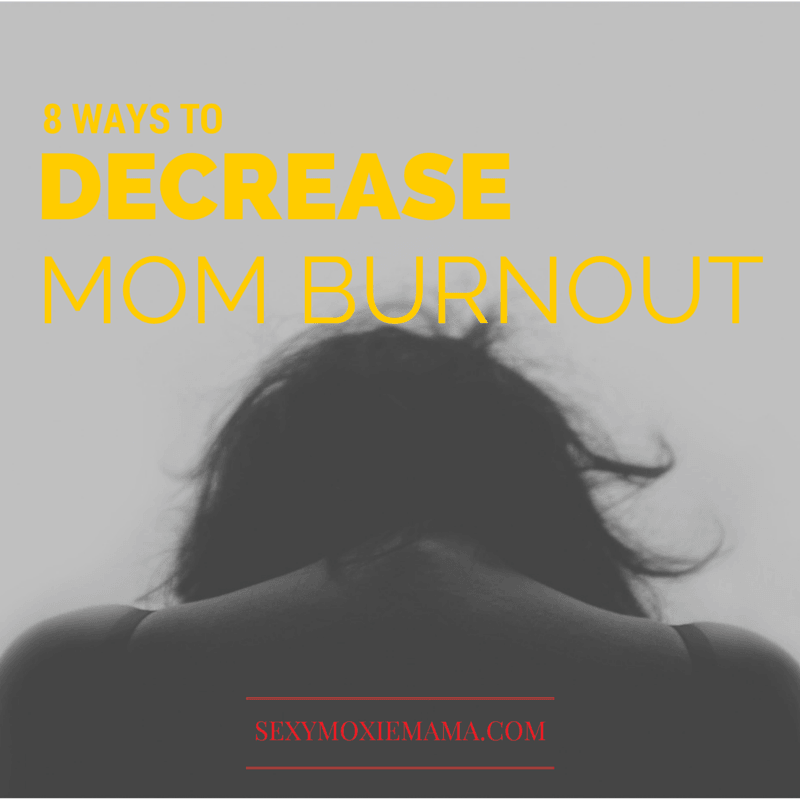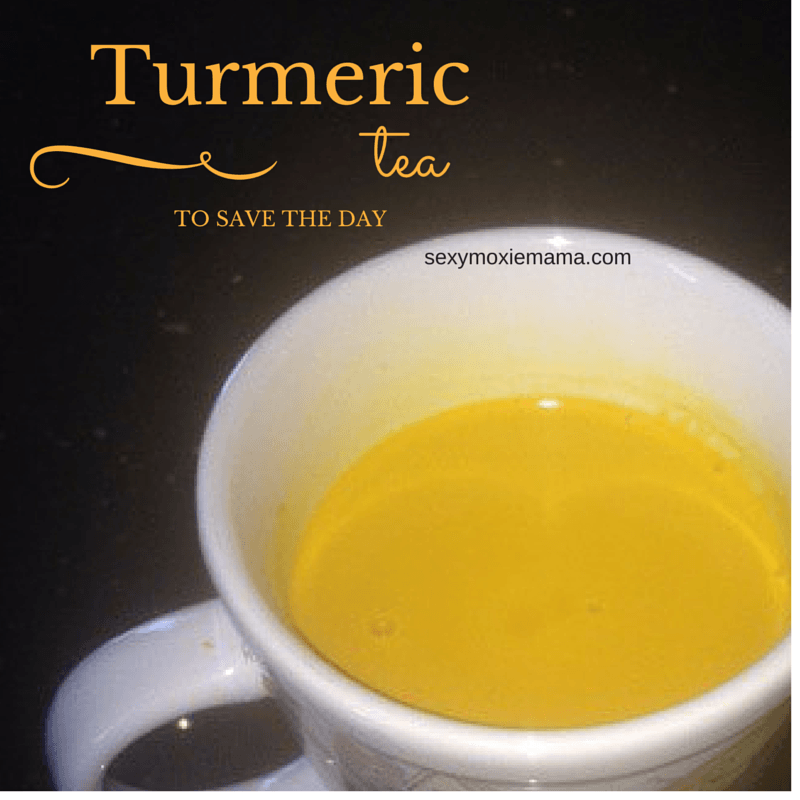Happy New Year, everyone! Wow, I cannot believe that it is already 2016. For me, a new year always comes a new resolution to better myself mentally, spiritually, professionally, and most importantly— physically.
We recently found out that we are expecting our FOURTH child. While my mind was thinking about our precious gift, my body was having a hard time being excited about it at all. I had the dreaded “all day sickness”. It’s like morning sickness except it stays all day and all night. My first trimester was no fun.
I decided early on in my pregnancy that I wanted to eat well and exercise, as I had been up until about two weeks into this pregnancy. I just couldn’t do it this time. The thought of handling raw chicken had me dry heaving for days. I tried a variety of foods, but the only things that seemed to sit well were Philly cheese steaks, ice cream, and soups. I hoped and prayed for the second trimester to be easier to eat wholesome foods.
Guess what? It is! It was about two weeks into my second trimester when I started feeling “human” again. The food aversions were nearly gone, my tastes for junk/pre-packaged foods had diminished, and I was back to cooking again. Not to mention my energy was starting to increase so I was able to get a few walks and hikes in here and there.
It was from this time on that I decided (with my doctors blessing, of course) to begin the Whole30 eating plan and exercise regularly. For most of my adult life, I’ve tried many diets, hoping to drop weight and feel better.
Being pregnant, I wasn’t looking to lose drastic amounts of weight. I no longer I had to not only think about my health but also the health of my growing baby. Doing the Lemonade Diet or an extended weight loss fast was probably not going to be the best idea during pregnancy. In all fairness, I started out this pregnancy overweight and my doctor gave me the green light to eat healthily and exercise and if I lost a little weight, he was fine with that as long as I did it the healthy way. So, I started thinking back on my most recent and most successful eating plans—the Paleo diet and its big sister the Whole30.
What Is Paleo and Whole 30 Eating?
Both Paleo and Whole30 eating plans are very similar. Both eating plans stress eating foods with very few ingredients that are natural and unprocessed. Foods like meat, seafood, eggs, a lot of vegetables, some fruit, and plenty of good fats from fruits, oils, nuts and seeds are all acceptable. Sugar, grains, dairy, and prepackaged convenience foods are strictly prohibited.
How is Whole30 Different?
The goal of both the Paleo and Whole 30 eating plan is to consume more raw, whole foods without preservatives or additives but there are many differences between the two. For instance, the Whole30, a short-term (30 days), strict eating program is designed to support you in learning which foods may be problematic in your diet.
Paleo, on the other hand, follows the same principles as Whole30 but is a long-term nutrition and lifestyle approach where nutrient-dense foods are encouraged, and nutrient-lacking foods are avoided. Some foods like pure maple syrup, raw honey, and vanilla are allowed in the Paleo approach but not in the Whole30 plan.
The Whole30 is a 30-day elimination plan that’s often referred to as “squeaky clean Paleo.” After 30 days, most people apply what they have learned from the Whole30 to the less strict Paleo approach for lifetime nutrition.
The Basics
Proteins
Lean meat, fish, pork, chicken or seafood are the major staple of this eating plan. Choose proteins that are free range, organic, without steroids.
AVOID: Fried and battered proteins
Fruits and Vegetables
Fruits and vegetables are equally as important as the proteins. Use fruits and vegetables for snacking, as an accompaniment to your main dishes, or as your main entree. Farmers Markets are a great source to load up on fresh fruits and vegetables.
AVOID: Fried, battered, and canned fruits and vegetables as they often contain additives and/sugar.
Sugars
If you look at a food label, you’ll be surprised how frequently sugar shows up. With the Whole30, sugar is completely eliminated. The sugar you receive should come from fruit and vegetables only.
AVOID: Natural sugars like coconut sugar, maple syrup, raw honey, agave nectar, and stevia.
Beverages
Drinking water is an important piece of the Whole30 plan. Increasing your water intake can increase your optimal health. If you find plain water can be boring, jazz it up to make it more palatable with these 30 ways to make water taste better.
AVOID: Soda, bottled fruit juices, coffee drinks, punches, and alcohol are prohibited during the Whole30.
Grains
Another item that is surprising to see in almost every food is grains. Even “healthy” foods contain some sort of grain. Unfortunately, it is not recommended on the Whole 30 plan. As the gluten allergy becomes more widespread in our society, easing off of grains can be challenging but tolerable on the Whole30. Even gluten-free grains are a no-n0
AVOID: Grains like wheat, rye, barley, oats, corn, rice, millet, bulgur, sorghum, amaranth, buckwheat, sprouted grains, gluten-free grains, and quinoa are not allowed on the Whole30.
Legumes
Legumes may be natural, but they can also cause allergic reactions—seen and unseen—within your body. By eliminating these foods from your diet, you can better examine if you have a sensitivity to legumes. Alternatives to peanut butter might be other nut and seed butters like almond, walnut, cashew, or sesame seed butter.
AVOID: Legumes like chickpeas (aka garbanzo beans), peanuts, peanut butter, soybeans, edamame, soy milk, soy sauce, lentils, all beans and all peas.
Dairy Substitutes
Since dairy is not acceptable on the Whole30, finding a suitable alternative may seem like a daunting task. But in fact, it is quite simple. The top milk choices for Whole30 participants are Almond, Coconut, or Cashew milk.
AVOID: Soy milk, flavored coffee creamers, and dairy products including milk, cream, cheese, cheese products
Potatoes
Potatoes are a hot topic question among the Whole30 community. While Paleo strictly prohibits white potatoes, the Whole30 plan seems to allow it in moderation so long as you do not have a sensitivity and the preparation is still in compliance with the program. Try baking, steaming, boiling, or roasting your potatoes for the healthiest preparation.
I hope that the information in this article will be of some use to you, should you consider giving the Whole 30 a try during your pregnancy. It may seem that the Whole30 plan has a lot of rules, but within 30 days you will not only feel the difference with increase energy and stamina, but you will also SEE the difference in your body.
Need More Information?
- Get a copy of It Starts with Food. It’s an easy read, and it’ll set guidelines for you. Plus it has tons of yummy recipes to get you started.
- Follow my Whole30 Pinterest board. You can find all my Whole30 recipe pins (plus Paleo recipes) by clicking here: Whole30/Paleo Pinterest Board.
- The Whole30 Pregnancy Facebook group. A free group dedicated to all topics Whole30-related. Click here to join.


